Reliable tipster says to expect a big change to the Apple Watch display starting with Series 11
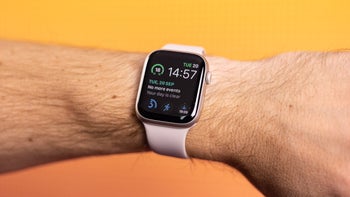
Last week, analyst Jeff Pu said that starting with the second-generation Apple Watch Ultra model, which will be released in 2023 or 2024, Apple will replace the OLED display on the premium timepiece with a micro-LED display. The latter uses light-emitting diodes (LED) 1/100th the size of a regular LED. Just 0.002 inches wide, micro-LEDs are about the size of a single pixel on television screens. These displays can offer darker blacks and better contrast without the fear of screen burn-in, a problem for some OLED and LCD screens.
Micro-LED displays also deliver improvements to battery consumption which is very important to Apple Watch users. In addition, micro-LED screens can be brighter with better color reproduction. In 2014 Apple bought micro-LED manufacturer LuxVue and in 2016 the rumor mill first started generating talk about the technology being used for the Apple Watch. One of the problems with micro-LED is that the manufacturing yield is much lower meaning that the screens are harder to make.
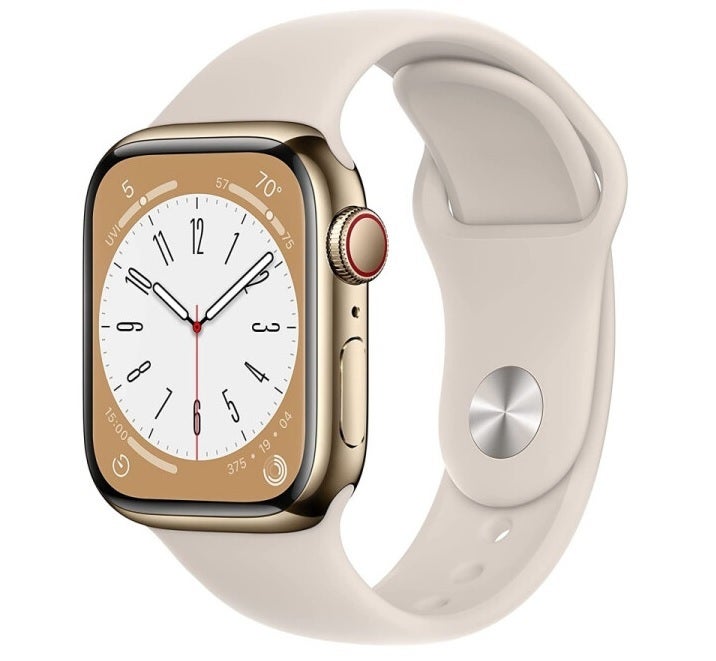
The Apple Watch Series 8 uses an LTPO OLED screen
Following up on Pu's report, one of the most reliable tipsters has disseminated a tweet forecasting the upgrades that Apple will reportedly make to non-Ultra Apple Watch models starting in 2025. According to 9to5Mac, Ross Young, co-founder, and CEO of Display Supply Chain Consultants (DSCC), says that Apple will use micro-LED on Apple Watch models beginning with the Series 11 wearables. Young expects Apple to start production of these panels in 2024 with the first Apple device using them to be released during the spring of 2025.
Micro-LED isn't the same thing as mini-LED. Those displays, like the one on the 12.9-inch iPad Pro (2022), replace the multiple LED backlights used on an LCD screen with tens of thousands of smaller LEDs. This provides many more dimming zones for higher contrast, deeper blacks, and improved battery life.
If Apple finds success using micro-LED for the Apple Watch, there is a chance that it will extend the use of the technology to the iPhone. Over the next few years, Apple will want to see an improvement in the manufacturing process to raise the yield which should also lower the cost of producing the displays.


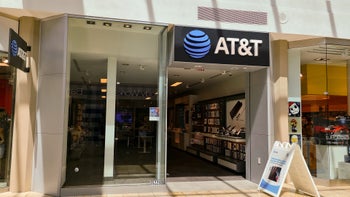
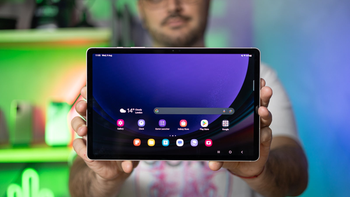
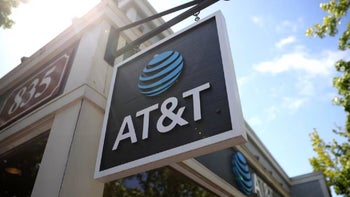



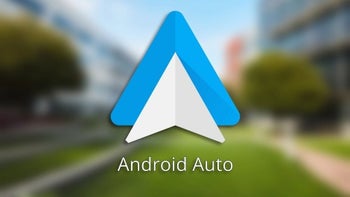
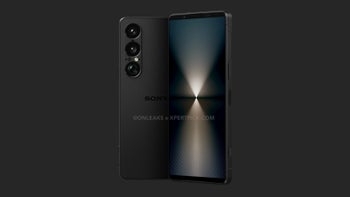
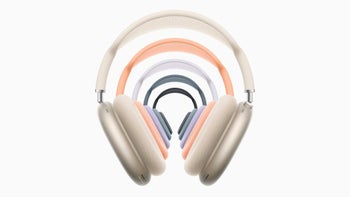

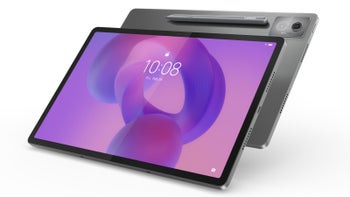
Things that are NOT allowed: